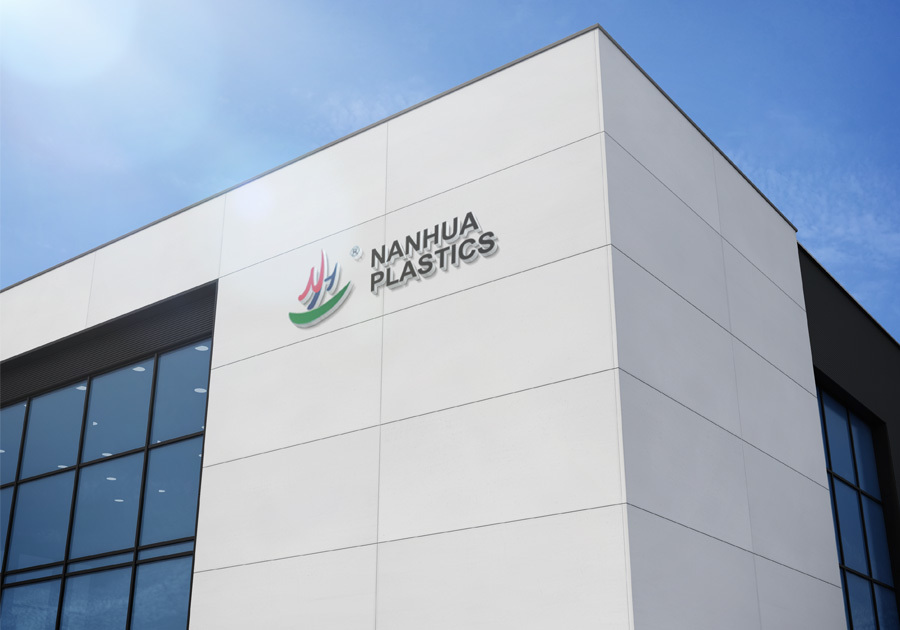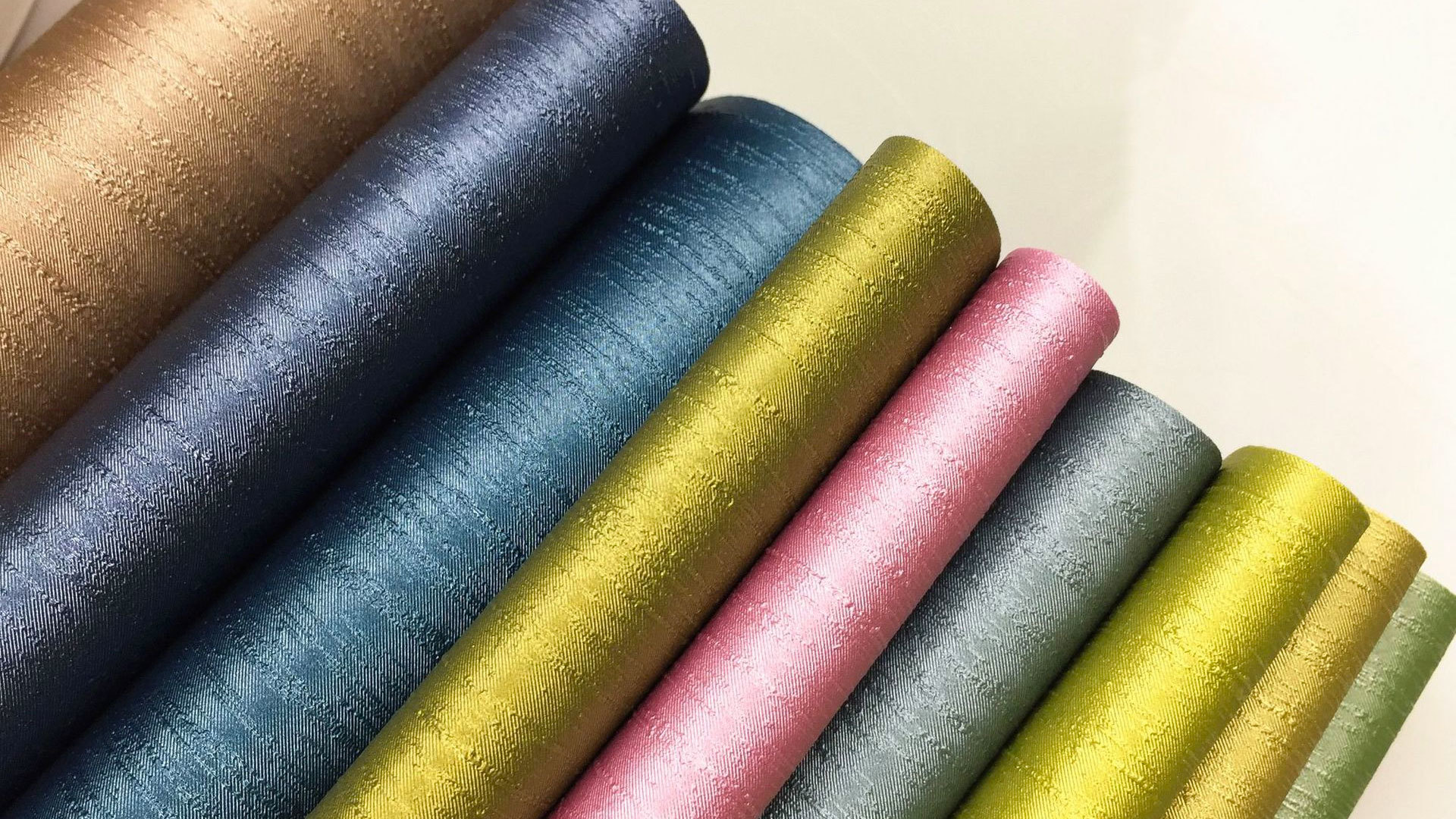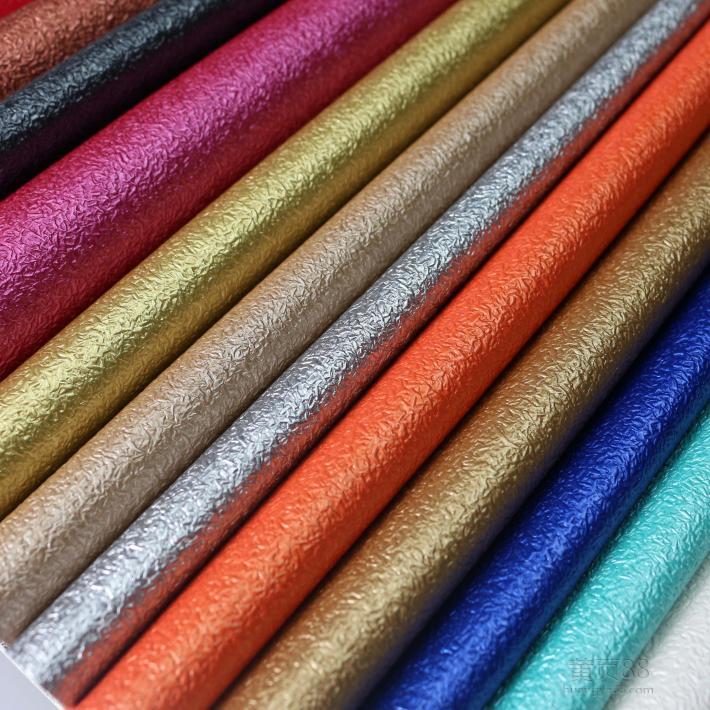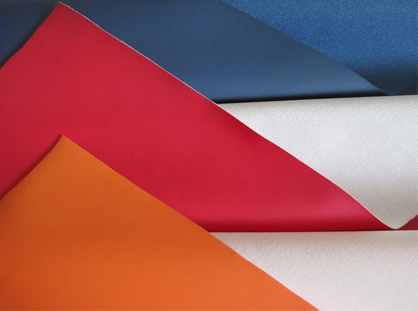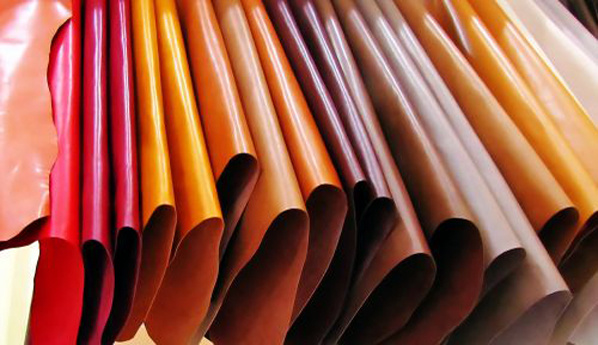NEWS
What is leather? What is artificial leather
Release time:
Jan 10,2018
What is leather
General consumers are accustomed to linking “leather” together and calling them indiscriminately. Leather shopping guides should have a comprehensive understanding of "leather". In fact, "skin" and "leather" are different, they are not only closely connected, but also strictly differentiated. "Skin" refers to the skin of various animals (that is, raw hide), which is transformed into a fixed and durable substance after being tanning through a series of physical and chemical processes, called "leather". Raw hides that have not been physically and chemically tanned are particularly hard after drying, but they become soft and rot easily when soaked in water. After chemical tanning, due to the firm combination of the tanning agent and the protein fibers in the rawhide, the animal skin becomes soft, tough, not deformed in water, not suitable for shrinkage in drying, resistant to heat and humidity, and resistant to chemical agents. And leather with the advantages of breathability, water permeability and anti-aging. Another significant difference between "leather" and "leather" is that most animal skins begin to curl when soaked in warm water at 40 degrees Celsius, while chrome-tanned leather, even when placed in boiling water at 100 degrees Celsius There will be no change. Leather has such properties, in addition to being used as daily leather products, especially leather shoes, it is also widely used in industrial production, becoming a commonly used and indispensable raw material. In addition, it is an indispensable material in military equipment and facilities. For example, military boots, aviation coats, holsters, ammunition boxes, arm belts and saddlery are all made of leather.
artificial leather
Synthetic leather is developed on the basis of artificial leather. As early as the 1920s, nitrocellulose varnished cloth began to be produced abroad. At the end of the 1940s, there were products coated with polyvinyl chloride (PVC) on the cloth, commonly known as artificial leather. With the development of the plastic industry, breakthroughs in the plastic film foaming technology have been overcome, and in 1960, foam artificial leather came out. The base of artificial leather has also been developed into knitted fabrics, single-sided and double-sided pile fabrics or non-woven fabrics. With the production of non-woven fabrics, synthetic leather was born. In 1963, American DuPont first made synthetic leather, named "Coffin". In 1978, Shanghai also tried synthetic leather. Since then, all countries in the world have competed for development. There are nearly one hundred varieties, which provides abundant raw materials for the leather shoes industry and products.
A. Artificial leather:
Artificial leather is not new to us, but what is it? How is it made? Artificial leather is actually a plastic product. The main raw materials used are polyvinyl chloride paste resin, polyamide, polyurethane, etc. with various additives such as plasticizers and stabilizers. There are two main types of cloth-based and cotton-based artificial leather. Cloth-based artificial leather is a layer of plastic (such as polyvinyl chloride) coated on a natural fiber fabric or a synthetic fiber fabric. After plasticizing and foaming at a certain temperature, the polished or rolled pattern becomes a smooth or embossed artificial leather . For example, after scratching on the PVC paste resin cloth substrate, sprinkle with a fluffing agent (such as rolled salt), after plasticizing, washing, and drying, it becomes suede artificial leather (commonly known as suede). The production process of cotton-based artificial leather is the same as that of cloth-based artificial leather, but the base is different. The performance of artificial leather mainly depends on the characteristics of plastics. It has relatively low density, large mechanical strength, acid resistance, alkali resistance, oil resistance, folding resistance, and impermeability. In appearance, artificial leather has bright colors, diverse patterns, and is extremely beautiful. It is a good raw material for making all kinds of women's leather shoes. However, artificial leather has poor breathability and hygroscopicity, and the average person feels "shy feet" wearing artificial leather shoes.
B. Synthetic leather
: Synthetic leather is different from artificial leather. It is a synthetic fiber layer impregnated with high molecular material. It has a fiber structure similar to natural leather, so it has the characteristics of general natural leather breathable and water absorbing. All aspects of performance are better than artificial leather. The manufacture of synthetic leather requires three steps: base forming, impregnating liquid preparation, processing and finishing. Generally, it is made of nylon or polyester fiber by needle punching and compression, impregnated and contracted; then heat-qualified as the base; then made of polyurethane, dimethylformamide, toluene and other raw materials to make a paste, coated on the base, and then dipped and rolled The combination is synthetic leather. Synthetic leather completely uses fiber and polymer resin as raw materials, and belongs to secondary processing products of synthetic fiber. So it also has the following advantages:
A. The quality of the finished products is uniform and the rules are consistent. It is suitable for large-scale mechanized and automated production, which is conducive to improving labor productivity in the shoe industry.
B. Can be made into various bright shoes, almost all natural leather products and synthetic leather can be replaced.
C. Synthetic leather has a relatively low density and consumes few raw materials, which is conducive to reducing production costs and sales prices.
Synthetic leather has the above advantages, and the continuous emergence of new varieties in recent years, such as soft, hard, smooth, flower, suede and other new varieties, it is not only used in various types of leather shoes, sports Shoes, travel shoes and other footwear are also widely used in various leather products. But synthetic leather still has the problem of poor air permeability. Synthetic leather produced at home and abroad, according to general standards, can achieve an air permeability of 1 mg per square centimeter per hour or more than 0.7 mg. High-quality synthetic leather with an air permeability of 2.7 mg. However, compared with the permeability of natural leather, it is still about twice as bad. Others such as tortuosity, adhesive strength, moldability, edge processing, feel, etc. are comparable to natural leather.
Next
Next
Phone: +86-51086901537
Fax: +86-51086901198
E-mail: myseller@jdnhsy.com
Address: Zhouzhuang Industrial Park, Jiangyin City, Jiangsu Province, China

Follow Us
Powered by www.300.cn | Tags

